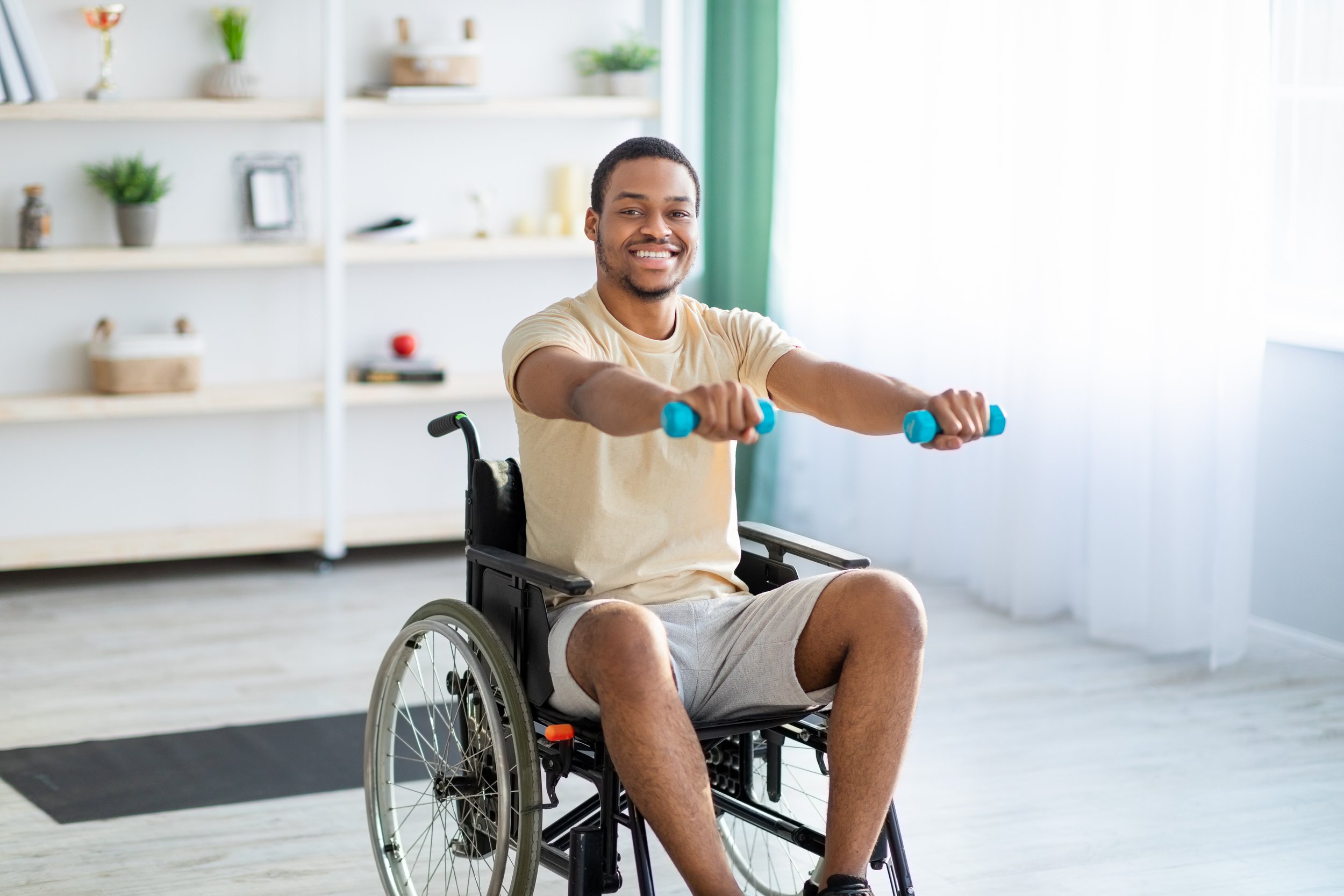Understanding Adaptive Fitness: Empowering Athletes To Move And Thrive
Fitness isn’t one-size-fits-all—but it is for everyone. Although traditional exercise programs often fail to address the unique needs of individuals with disabilities, adaptive fitness bridges that gap. Let’s explore how adaptive fitness is changing the game, making spaces that are welcoming and effective for anyone, regardless of physical or neurological challenges.
What Is Adaptive Fitness?
At its core, adaptive fitness is about possibilities rather than limitations. With customized exercise programs designed to accommodate individuals with disabilities or unique health conditions, it emphasizes creating a truly inclusive environment. By focusing on what someone can do rather than what they can’t, adaptive fitness empowers individuals to improve their strength and endurance.
Using modified exercises, anyone can be supported in their physical and mental health journey. That includes whether you have experienced a traumatic brain injury, are missing a limb, or have limited mobility.
With today’s specialized equipment, adaptive athletes are able to reclaim their independence in a way like never before. And considering physical activity has been found to be 1.5 times more effective at reducing mild-to-moderate symptoms of depression, stress, and anxiety than medication or cognitive therapy, overall well-being skyrockets too.
Did you know? The Physical Activity Guidelines for Americans state that adults need 150 minutes of moderate-intensity physical activity a week!
What Are The Benefits Of Adaptive Fitness?
People with disabilities often face challenges such as inaccessible facilities, pain, and fatigue. But by investing in adaptive fitness, which is based on actionable plans built based on your level of activity, you can push your boundaries with confidence.
The results of integrating regular exercise into your routine include:
Enhanced muscle strength
Improved cardiovascular fitness
Greater functional mobility
Reduced risk of chronic diseases
Increased energy levels
With strength training, in particular, everyday tasks like standing, walking, and lifting are made easier. Because it helps with maintaining muscle mass, bone density, and functional strength, this type of workout reduces the risk of falling and fractures. Light weights and resistance bands may seem like a simple start, but they can make a world of difference!
Beyond the incredible health benefits, achieving fitness goals fosters a sense of accomplishment. You have the opportunity to see tangible progress while being encouraged to tackle physical and mental challenges alike. It goes beyond what you do in physical or occupational therapy.
How Can A Personal Trainer Help?
Per a study conducted by the American Council on Exercise, 81% of individuals with a disability said they didn’t feel welcome in fitness spaces. On top of that, 90.9% believed that exercise professionals are not adequately trained.
Have you ever felt this way when you stepped into a gym?
If so, that’s why it’s so important to work with a personal trainer who makes a conscious effort to understand their client’s needs. Joining forces with someone who is certified in adaptive and inclusive fitness ensures that you gain a workout program that is equal parts safe and effective. A good personal trainer will put in the time to do their research on your disability, and provide expert guidance every step of the way to help you maintain your goals—even the ones you never thought possible.
Whether you are recovering from an injury, building strength post-therapy, or simply wanting to try your first tailor-made program, they will act as your motivating partner.
Reach Your Full Potential With REIZ Adaptive Fitness
REIZ Adaptive Fitness is committed to promoting inclusivity and accessibility in the fitness community. Let’s redefine what’s possible, one step and one rep at a time!
REMEMBER: We are not doctors, just a fitness component! Be sure to seek a medical professional before starting a program with REIZ Adaptive Fitness.
